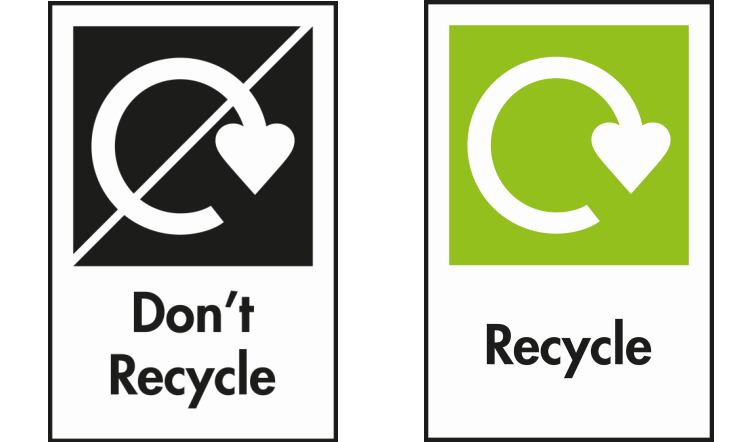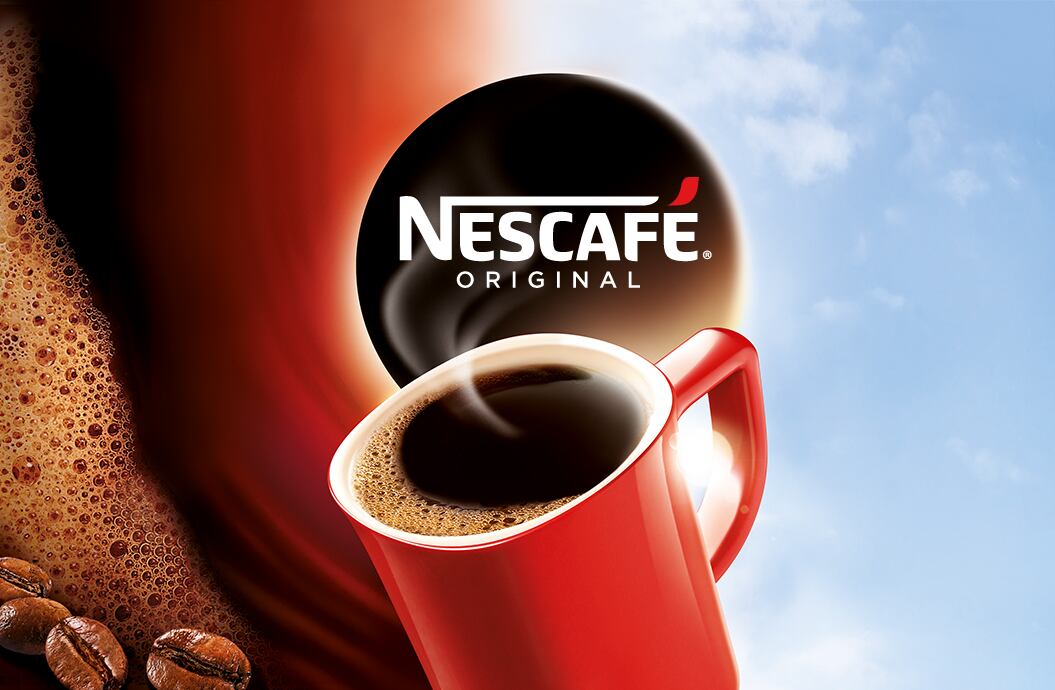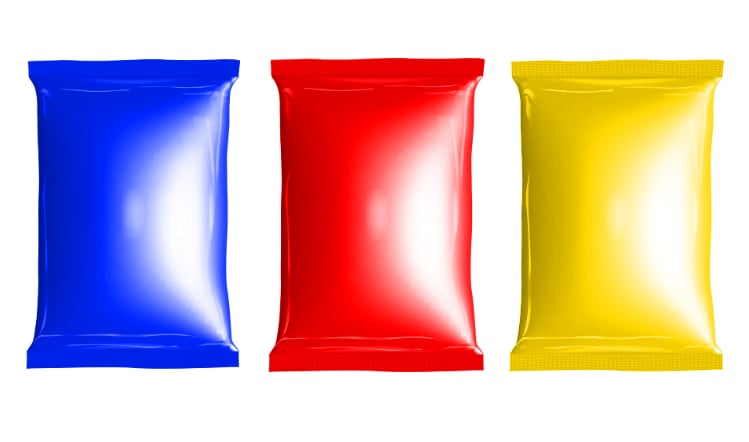OPRL has been working towards a clearer system to support consumer compliance across the UK. Under the terms of the system, material that is effectively sorted, processed and sold as recyclate for use in new packaging or products by 75% or more of UK local authorities can be labelled as ‘Recycle’.
The ‘Don’t Recycle’ label applies when fewer than 50% of UK local authorities collect that type of packaging and/or it is not effectively sorted, processed or sold as recyclate for use in new packaging or products.
Not completely binary
But the new labelling, launched in January, is not completely binary. It includes a ‘Check Home Collections’ category, currently applied to packaging such as black plastics trays. Here, whether the tray is recyclable depends on whether it is detectable with near infra-red (NIR) sorting.
“We’d expect the very small number of materials in this category to either disappear or to make it into the ‘Recycle’ category,” OPRL chair Jane Bevis told Food Manufacture.
There are other exceptions to the ‘binary’ rule. Where a combination of ‘bring’ systems and kerbside collections take the coverage of local authority areas to over 75%, as with beverage cartons and polyethylene film, materials are given a ‘Specialist’ label.
There is some uncertainty around materials such as other films, where OPRL is waiting for the findings of the Ceflex flexible packaging consortium, and with paper and board.
Drop under new rules
While the Confederation of Paper Industries (CPI) only recently set 5% as its ‘aspirational’ target level for non-fibre content in paper and board for recycling, OPRL’s equivalent has, until now, been 20%. Under the new OPRL rules, this level has come down to 15%, with a further drop to 10% due by 2023.
CPI director of raw materials Simon Weston agreed it was essential to ensure the correct levels of barrier were being applied.
“We’re conscious of the opportunities for paper and board in sectors such as fast food,” he said. “But, on the other hand, we can‘t undermine our own industry and our own mills by creating a mixed-paper grade that no one else wants to buy – including overseas buyers.”




